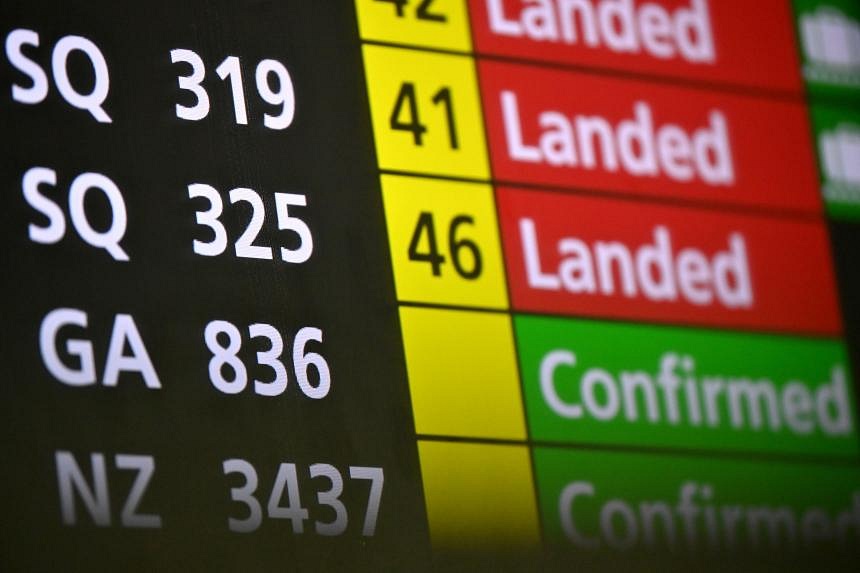Trial by Singapore, Indonesia, Australia and NZ aims to shorten travel time on 38 flight routes

- by Admin
- August 15, 2024

SINGAPORE – Travellers on selected flights between Singapore and at least nine cities in Australia and New Zealand may benefit from shorter flight times, under a three-month trial to test a different way of routing international flights that also includes Indonesia.
Traditionally, to get from one point to another, aircraft use a fixed network of airways, which are like invisible highways in the sky, and they are required to follow prescribed routes through this network.
However, since Aug 5, pilots on selected flight routes have been given the flexibility to choose the most direct and efficient paths across the airspaces of the four countries involved.
This air traffic management concept is called user-preferred routing, and the hope is that aircraft will be able to make better use of airspace, cutting travel time, fuel burn and carbon emissions, said the Civil Aviation Authority of Singapore (CAAS) on Aug 15.
The trial is being conducted on 38 flight routes operated by national flag carriers Singapore Airlines (SIA), Garuda, Qantas and Air New Zealand.
The routes include those from Singapore to Auckland, Adelaide, Brisbane, Cairns, Christchurch, Darwin, Melbourne and Perth, as well as the Sydney to Singapore route.
User-preferred routing has been trialled as far back as 2008 and the practice already exists in places like Australia. But its use on international routes has been limited due to the complexity of coordinating routes across international airspace boundaries.
CAAS said airlines can potentially save up to 1,700kg of fuel for a flight between Singapore and Melbourne, and cut more than 1,960 tonnes of carbon emissions for a year of daily flights on that route.
This is in line with Singapore’s longer-term plans to achieve net-zero emissions from its airports and carriers by 2050.
Singapore Institute of Technology Assistant Professor Awad Khireldin, who teaches air transport management, said the cost savings for airlines from user-preferred routing could help stabilise ticket prices over time, especially in the face of rising fuel prices.
But it may not lead to immediate fare reductions, he noted.
SIA said 15 of its flights are part of the trial, and the airline will explore the feasibility of adding more flight routes to it.
“SIA expects to achieve time and fuel savings when wind conditions are favourable on these routes. This will potentially enhance our customers’ convenience when they fly with us, and reduce SIA’s emissions.”
In an Aug 6 statement, Qantas group chief risk officer Andrew Monaghan said user-preferred routing will allow the airline to tailor individual flight routes and simplify flight planning processes while delivering the same level of safety.
Captain Hugh Pearce, Air New Zealand’s head of flight operations, said the airline has one route in the trial, which is the Singapore-Auckland route.
But even before this, the carrier had already been using partial user-preferred routing through Indonesian and Australian airspace for some time. “We are a strong advocate,” he added.
The Latest News
-
December 23, 2024Wimbledon champion accepts ban for anti-doping breach just months after winning US Open
-
December 23, 2024Australian tennis star Purcell takes voluntary suspension over anti-doping breach
-
December 23, 2024Max Purcell to miss Australian Open after accepting ban for anti-doping breach
-
December 23, 2024Australian tennis star Purcell provisionally suspended for doping
-
December 23, 2024Star batter misses optional Aussie session; MCG curator rejects anti-India ‘conspiracy’ — Test Daily




